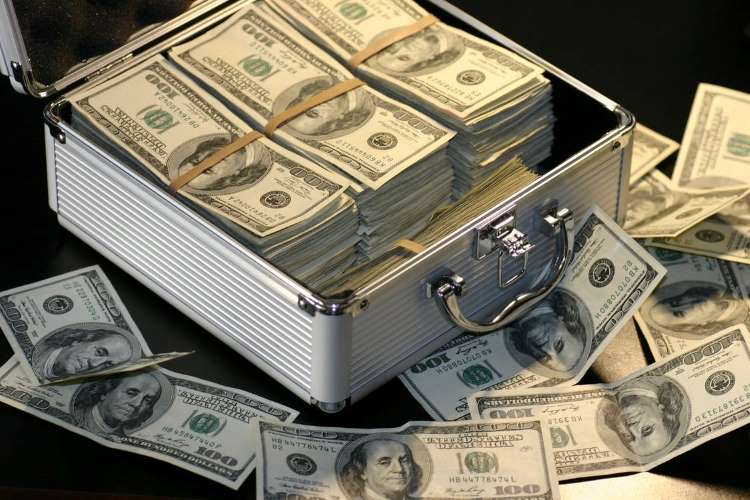US economy shows resilience despite high inflation: As the dollar flexes its muscles, surging 5% since late July to its highest level in half a year, the world is waiting with bated breath the Federal Reserve‘s meeting next week. The sharp rally in the dollar has not only caught bearish investors off guard but also raised crucial questions about the future of US monetary policy and the global economic landscape.
The dollar’s unexpected strength can be attributed to the remarkable resilience of the US economy in the face of global uncertainty. While many anticipated a slowdown due to the Federal Reserve’s rate increases, the US has defied these expectations, maintaining robust growth. This divergence between the US and other major economies has fuelled the perception that the Fed might leave interest rates at their current levels for a longer duration than previously anticipated. It is this perception that has bolstered the dollar’s attractiveness in the eyes of investors.
Furthermore, the dollar’s yield advantage over other currencies continues to be the driving force behind its strength, eroding support for bearish sentiments. Speculators’ net short bets on the dollar have plummeted from a two-year high in late July to a more moderate level, highlighting the shifting sentiment toward the greenback.
Sticky inflation troubles US economy
Yet, there are warning signs on the horizon for the US economy. Stubbornly high inflation, as demonstrated by the consumer price index, poses a challenge to the narrative of a softening economy. Recent data showed an annual inflation rate of 3.7% in August, with core inflation also ticking up unexpectedly. This resurgence in inflation raises questions about whether the Fed’s battle against rising prices is truly gaining ground or if it is merely a temporary reprieve.
While the Fed is expected to hold its benchmark interest rate steady at a 22-year high during its upcoming meeting, concerns linger. Surprising increases in prices for goods like household furnishings and new vehicles have economists questioning the assumption that disinflation is firmly underway.
READ I Borrowing costs shoot up for Indian corporates, signalling financial stress
US Annual inflation rate
Fed Funds Rate
Additionally, core inflation ex-housing, a critical measure of underlying inflation, is causing anxiety among experts. This metric, which strips out volatile factors like energy, food, and housing, has shown signs of resilience. A tight labour market and robust consumer spending are contributing factors, suggesting that inflation may not ease as quickly as anticipated.
Surprising increases in prices for goods like household furnishings and new vehicles suggest that inflation may be more widespread than previously thought. The rise in core inflation suggests that high prices may be more persistent than previously thought.
A tight labour market and robust consumer spending are contributing factors to inflation. The unemployment rate is at a near-50-year low, and consumer spending is strong. This suggests that demand for goods and services is high, which could continue to drive up prices.
As the Fed contemplates its next move, the spectre of uncertainty looms large. The central bank’s decision is likely to be influenced by a careful assessment of inflation trends, economic data, and the broader global economic landscape. This cautious approach may result in another quarter-point interest rate increase, with the central bank signalling its intentions through the “dot plot” of individual projections.
However, the economic outlook remains far from clear-cut, leaving room for differing opinions. Some experts anticipate further rate hikes in the coming months, while others argue for a more cautious stance, considering the potential risks to the economy.
In the midst of these uncertainties, the strength of the dollar remains a pivotal factor. Its trajectory will not only affect the Fed’s decisions but also ripple through global financial markets. The dollar’s resurgence is a testament to the resilience of the US economy, but the road ahead is fraught with challenges that demand a delicate balancing act by the Federal Reserve.

